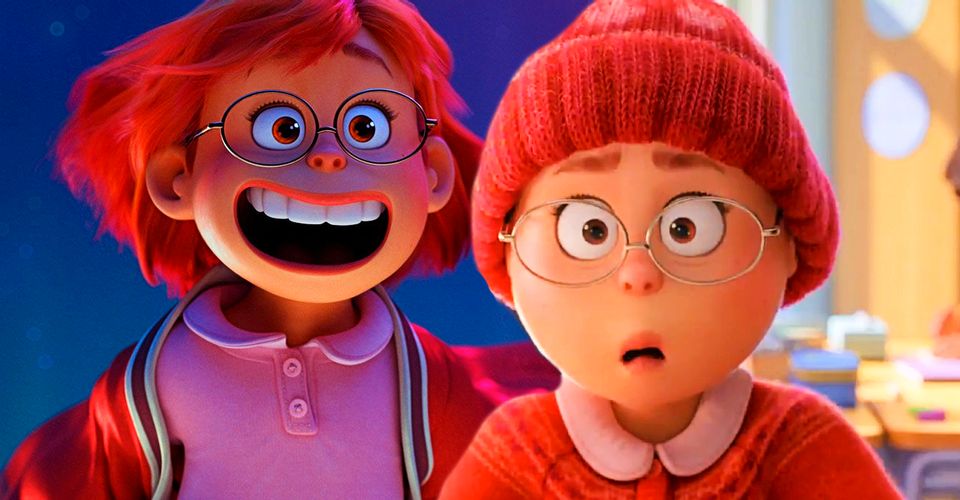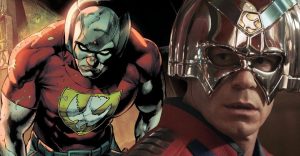Turning Red: Why Mei’s Hair Stays Red Even When She Controls Her Panda

Warning: This article contains spoilers for Turning Red.
In Turning Red, Mei starts out with brown hair and is shocked when it turns red after she first unleashes her panda – however, her brown hair never returns, and for a very good reason. Mei’s panda is first unleashed when she develops a crush on a store clerk and begins to doodle him in her notebook in true teenage style. Her mother, Ming, finds out and confronts the store clerk, embarrassing Mei. The morning after this, Mei wakes up as a giant red panda, and only after calming herself does the panda go away. Her hair, though, changes from brown to red at this point in Turning Red, and despite Mei eventually gaining control over her panda, the red hair never goes away.
Mei’s character arc is a journey from which she starts by doing anything to honor her parents and the Lee family temple, even to her own detriment, to embracing her whole self. Her red hair begins as an embarrassment to Mei, as she doesn’t understand that the red panda is a family blessing and thus her mother has gone through this too. Instead, she is used to being the perfect child for her mom, and to her, her bright red hair (and monster panda form) does not fit that picture. However, Mei’s permanent red hair actually holds a lot of meaning in Turning Red.
Mei’s hair stays red, even when she controls her panda, because it is simply a permanent part of her. Not only does it foreshadow the fact that she will choose to keep her panda in the end, foregoing the panda ceremony ritual, but it shows how intrinsic her red panda form is. Mei notes at the beginning that in honoring your parents you can forget to honor yourself, and her red hair acts as a constant reminder that she is able to honor and embrace her own needs as well as her parents instead of solely prioritizing the latter.

Making slight changes and modifications to characters’ appearances is an effective way to showcase a character’s growth. This technique is especially prevalent in Pixar films – for example, Queen Elinor finally lets her hair down at the end of Brave to show how she has loosened her need for control and perfection. This is the same for Mei and her red hair as she goes on a journey to keep her red panda. She initially reacts by covering it up, though the hat she chooses is also red, which stands to represent the fact that she can’t simply reject her panda by trying to ignore it. Her red hair is symbolic of the fact that she can’t shrink herself down to meet her mom’s expectations forever, and her authentic self will always be under the surface. The things that her panda (and her red hair) represents – her passions, her desires, and her sensitivity – are always a part of her, whether she chooses to embrace them or not.
It’s interesting as well that it starts to become a forgotten fact that Mei started Turning Red with brown hair, because her red hair suits her so well. She has such fun little personalized accessories, such as her stickers, her virtual pet, and her hair clips (which are also an important part of Mei’s costume revealing the ending,) thus her red hair becomes an extension of expressing herself and all her quirks. Mei’s red hair starts out as something to be hidden away, it then becomes a staple part of her look, with her even going so far as to walk around in human form with the addition of her panda ears and tail. Mei’s hair staying red in Turning Red even when she controls her panda, then, shows that despite how hard she may have tried to ignore it, she can’t reject who she is.
About The Author

















